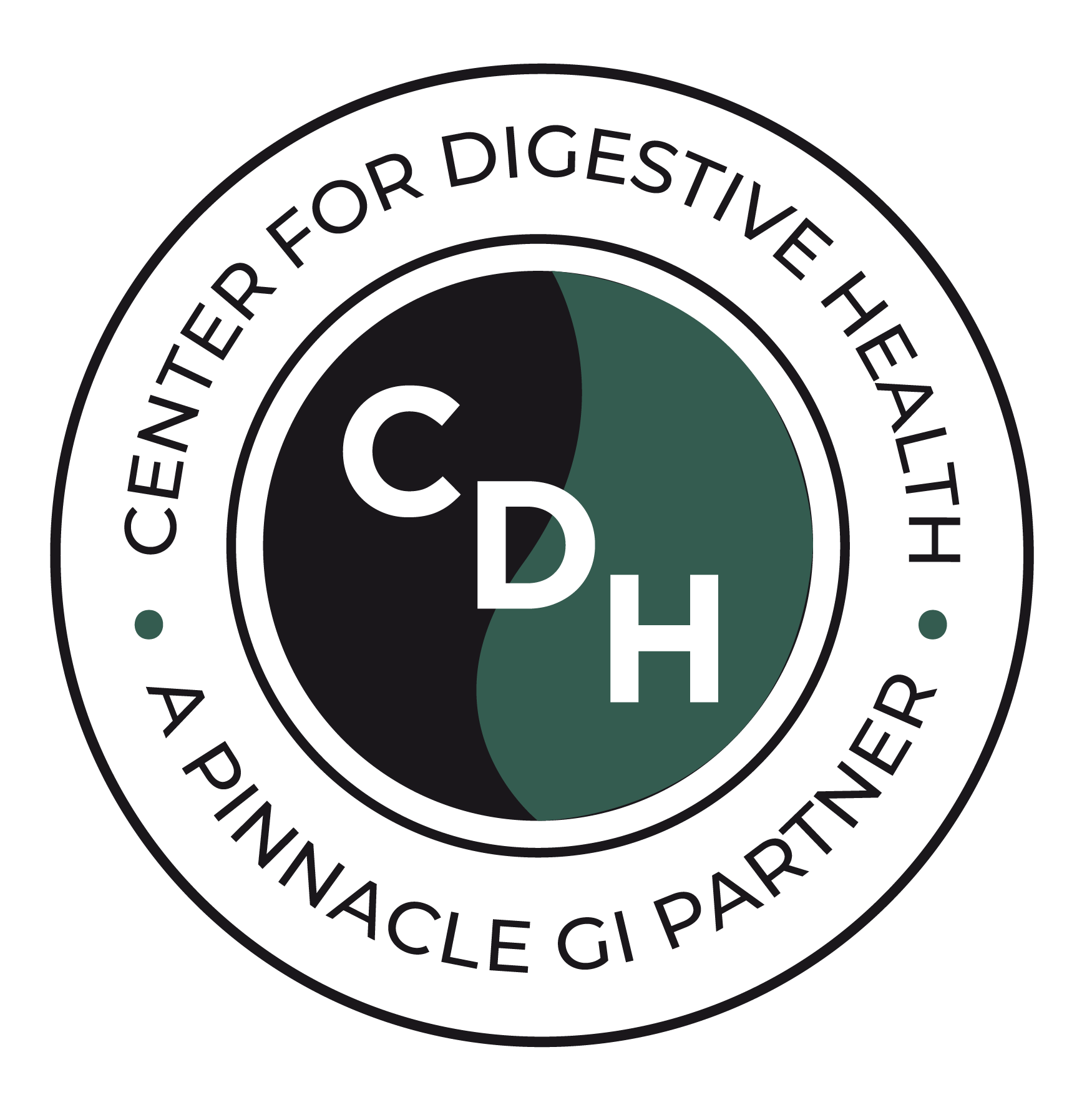Dysphagia is the term used to describe difficulty swallowing. It may be associated with pain. Dysphagia can make it difficult to get appropriate nutrition which can lead to serious medical problems. In some cases, swallowing may be impossible.
The process of swallowing is incredibly complex, requiring more than 50 pairs of muscles to work together with nerves to move food and liquid from the mouth to the stomach. Dysphagia describes difficulty anywhere in the swallowing process, but there are generally three types:
Oral dysphagia
Also called “high dysphagia,” oral dysphagia refers to a problem in the mouth, difficulty chewing food, or difficulty moving food from the mouth to the throat. An example of oral dysphagia is tongue weakness caused by a stroke.
Pharyngeal dysphagia
This form of dysphagia describes a problem in the throat. Pharyngeal dysphagia is often caused by a neurological problem, such as a stroke, Parkinson’s disease, or ALS (amyotrophic lateral sclerosis).
Esophageal dysphagia
Also called “low dysphagia,” esophageal dysphagia is a problem in the esophagus. This is usually caused by irritation or a blockage and will often require a surgical procedure.
Symptoms People Often Express
- Pain while swallowing (“odynophagia”)
- Acid Reflux/GERD [link]
- Having the feeling of food being stuck in the throat or chest, or behind the breastbone/sternum
- Applicable Procedures
- EGD
What are the risk factors for dysphagia?
Aging
As our bodies age, there can be a weakening of the esophagus from regular use. Older adults are therefore more at risk for dysphagia, though dysphagia is not considered a normal part of aging. Additionally, older adults are at a greater risk for conditions like Parkinson’s disease or stroke, which can cause swallowing difficulties.
Neurological conditions
Certain neurological or nervous system disorders are associated with swallowing difficulties, such as Amyotrophic lateral sclerosis (ALS), stroke, Multiple sclerosis, Myasthenia gravis (Goldflam disease), and Parkinson’s disease. More likely to experience difficulty swallowing.
What complications can result from dysphagia?
Difficulty swallowing can lead to:
- Choking. For someone with difficulty swallowing, the greatest risk is food entering the throat and blocking air passage.
- Weight loss, dehydration, and malnutrition. Adequate nutrition is required for good health. Those with dysphagia may have difficulty consuming the right foods to nourish their bodies, and the proper amount of liquids to stay hydrated.
- Pneumonia and upper respiratory infections. Food and liquids that stay in the airway can introduce bacteria to the lungs and cause aspiration pneumonia.
How can I prevent dysphagia?
The majority of swallowing difficulties cannot be prevented. However, we can reduce the risk of occasional swallowing difficulties and the risk of choking by eating slowly and deliberately, and by always chewing our food well. For those with Gastroesophageal Reflux Disease (GERD), proper identification and treatment can help prevent esophageal dysphagia.
Common Symptoms
- “There is lump in my throat that I cannot clear out.”
- “I always feel like there is food stuck in my throat.”
- “Sometimes it is difficult to swallow.”

















